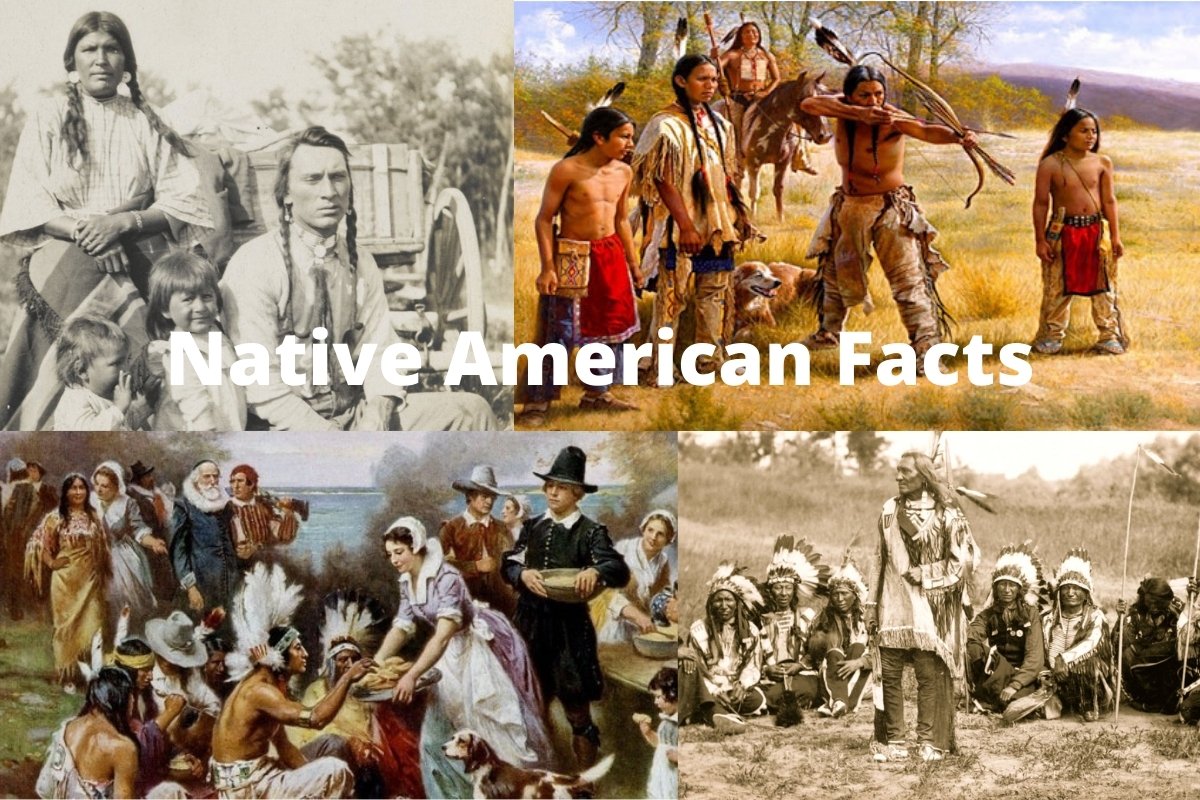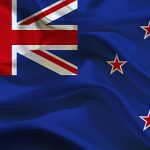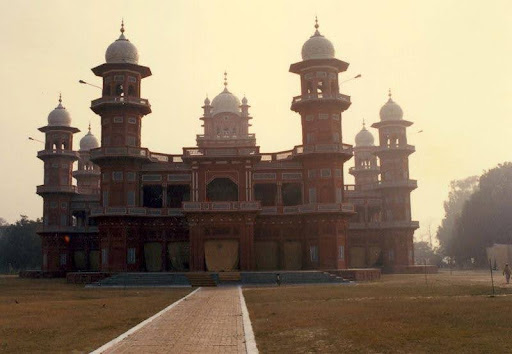The holiday season has arrived, and there is much to remember and celebrate. Thanksgiving and Christmas come to mind right away, but there is a longer celebration that takes place this time of year: Native American Heritage Month.
1. Native Americans continue to face numerous challenges. For example, in economic terms, “American Indian and Alaska Native households earn $45,448 on average, compared to $65,845 for non-Hispanic white households. In 2017, 21.9 percent of this racial group lived in poverty, compared to 9.6 percent of non-Hispanic whites.”
2. Native Americans, despite tribal autonomy, are subject to the same military service duties as all other US citizens.
3. Native Americans have the same right to run for public office as any other citizen. According to the Bureau of Indian Affairs, “American Indian and Alaska Native men and women have held elected and appointed roles at all levels of federal, state, and municipal government over the years,” and “Charles Curtis, a member of Kansas’ Kaw Tribe, served in both houses of Congress before becoming the nation’s second-highest elected official, Vice President of the United States under President Herbert Hoover.” Sharice Davids and Deb Haaland were the first Native women elected to Congress in 2018.
4. There were 324 federally recognized Native American land reservations in 2019.
5. According to the National Congress of American Indians, “the Navajo Nation reservation would be the 42nd largest state in the United States, larger than Connecticut, Delaware, Hawaii, Maryland, Massachusetts, New Hampshire, New Jersey, Rhode Island, Vermont, and West Virginia.” Another 19 tribal groups are individually larger than the state of Rhode Island although each of the 12 tribal countries is larger than the state of Delaware.”
6. Outside of tribal boundaries, 78% of Native Americans dwell.
7. Native Americans played an important part as code talkers in World War I and World War II, resulting in exceptionally successful communication operations. “We’re quite proud of our Navajo code talkers in WWII,” Navajo Native Verna Volker told Parade. They used the language to deliver signals that the Japanese couldn’t understand at the time. So they hired these Navajo young men to create this code in the Navajo language, which they dubbed “the unbreakable code.” And [the men] were never honored for what they did when they returned years later.” Their instrumental significance was classified until 2002 when Congress recognized and applauded the brave warriors’ achievements, declaring that “… at a time when Indians were prevented from practicing their traditional culture, a few brave men used their cultural heritage, their language, to help change the course of history.”
8. While most Native Americans were granted the right to vote beginning in 1924, numerous state laws restricted voting rights for all. It took more than 40 years after 1924 for all 50 states to grant Native Americans the right to vote.
9. The Indigenous Peoples population in the United States was 6.9 million in 2019 (or around 2.09% of the total population).
10. There are currently 574 federally recognized Native American tribes (roughly 229 of which are in Alaska, with the remainder spread throughout 35 states).
11. The first year that November was designated as “National American Indian Heritage Month” was in 1990, when President George H.W. Bush established it, and it has been observed every year thereafter. In 2009, President Barack Obama renamed the commemoration “National Native American Heritage Month.”
12. In light of the revised title change, what is the ideal term to use? Well, there isn’t an easy answer. Many government agencies, including the United States Census Bureau, the Centers for Disease Control and Prevention (CDC), the Bureau of Indian Affairs (BIA), and the National Congress of American Indians (NCAI), continue to refer to Indigenous peoples as American Indian and Alaska Native (or “AI/AN”). However, using Native American is more respectful, according to Elizabeth Price Pauls, an editor of Anthropology and Languages at Encyclopaedia Britannica: “Many activists in the United States and Canada rejected the term “American Indian” in the 1960s because it was perceived as a misnomer with racist connotations. Native American quickly became the accepted phrase in these countries.”
13. The first American Indian Day in a state was held in New York on the second Saturday in May 1916.
14. Some states still set aside a day of celebration for Native Americans. In California, for example, the fourth Friday in September is American Indian Day. Other states and communities have switched to celebrating Native Americans’ Day or Indigenous Peoples’ Day on Columbus Day instead (South Dakota was the first state to do this in 1989). Additionally, Native American Heritage Day is now observed on the Friday following Thanksgiving (this year, on November 27, 2020).
15. In mid-October 1976, President Gerald R. Ford declared “Native American Awareness Week,” the first nationwide, week-long event for American Indians.
16. Reverend Sherman Coolidge (an Arapahoe) became president of the Congress of the American Indian Association in September 1915, to establish American Indian Day honored across the country, as well as fighting for Native American citizenship.








